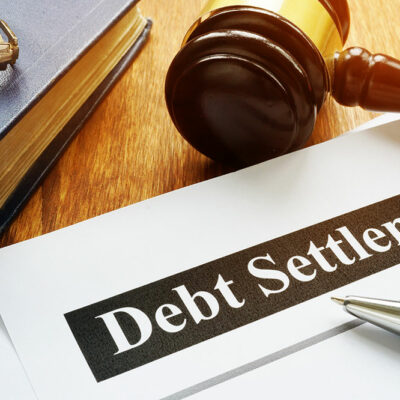
Top 5 gardening mistakes to avoid
Gardening as a hobby can help one remain fit; however, that’s not its only advantage. Gardening has proved to possess both physical and mental health benefits, and it can provide a much-needed break from the sedentary lifestyle most people lead. Nevertheless, in the process of trial and error, many people make common mistakes at the beginning of their gardening journey. Keep reading further to learn about these gardening mistakes and tips on avoiding them.
5 common gardening mistakes to avoid
Planting too much
Whether you’re a first-timer or a seasoned gardener, one of the common gardening mistakes made by people is to go overboard while planting vegetables or fruits in the garden. While the idea of a bountiful harvest is quite tempting, it often comes with its share of problems, including decreased weeding and watering. Furthermore, maintaining a big garden full of plants can take up a lot of time and energy. Hence, experts suggest having short-term goals and planting veggies or fruits that can be used regularly, such as cucumbers, tomatoes, onions, and lettuce.
Forgetting to interplant
Sometimes, in order to have a uniform-looking garden, many people opt for a single type of plant. However, intercropping or interplanting has a wide range of benefits. It encourages the pairing of companion plants as well as plants that are short and tall to give the garden some variety. Moreover, the process of mixing and matching different types of plants can whittle weeds and attract beneficial pollinators.
Misunderstanding the growth of the plants
If one wishes to ensure maximum success in their garden, they must first understand plant growth. This means one must know how a particular plant will grow when it reaches maturity. For instance, a tomato plant can grow as tall as 8 feet. This will cast its shadow on the nearby plants, thus hindering their growth. Hence, in order to avoid this gardening mistake, one must provide adequate support structures for the plants to grow.
Overwatering
While frequent watering the plants can seem like a good idea, it does more harm than good. Every plant isn’t the same and not all require daily watering. So, if one does not understand the needs of the plants and overwaters them, it can result in root rot and diseases. Furthermore, one must keep in mind that the tinier the root, the more sensitive they are to overwatering. Hence, it is imperative to water the plants only when necessary to ensure a beautiful garden.
Planting seeds only once per season
A garden and its resources can be optimized according to the season. This means one can plant certain seeds, harvest them, nurture the soil, and replant for either summer or a late autumn harvest. Some of the best choices for replanting are cabbage, spinach, carrot, scallions, and beets. Furthermore, one must always study if the local climate can support the plants desired. So they can check with local experts and decide what’s best for the garden.
Artificial lighting should also be avoided. While you may need some artificial lighting if you have indoor garden plants, overexposing plants to direct light can cause the leaves to drop their natural color and cause pale yellow or brown spots to develop. In time, the plants will wither away. So keep the lighting to a consistent minimum. Use fluorescent tubes instead of halogen bulbs, as they emit a mild consistent light that don’t harm plants.
Chainsaws serve as indispensable tools in gardening and landscaping, enabling the efficient removal of large branches, tree trunks, and unruly vegetation. Their power and precision make them invaluable for tasks like tree pruning, felling, and cutting logs for firewood or construction. However, it’s equally crucial to approach these mighty tools with utmost caution. One should always prioritize safety by wearing appropriate protective gear, maintaining a firm grip on the saw, and ensuring a stable footing. It is equally important to pay attention to proper maintenance of the tools, take safety instructions seriously, and not overestimate one’s own ability.


